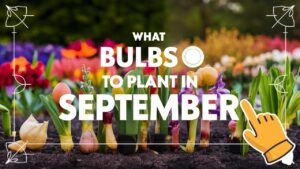As November rolls in, California’s diverse climate allows gardeners to continue enjoying a fruitful growing season. Understanding your USDA Plant Hardiness Zone is key in determining what can thrive during these cooler months. In California, zones range from 5b to 10a, leading to an array of options for both seasoned and beginner gardeners.
Vegetables To Plant
Planting in November is primarily focused on cool-season crops that can withstand the drop in temperatures. Here are ten vegetables that provide robust results across California’s various USDA zones.
Broccoli
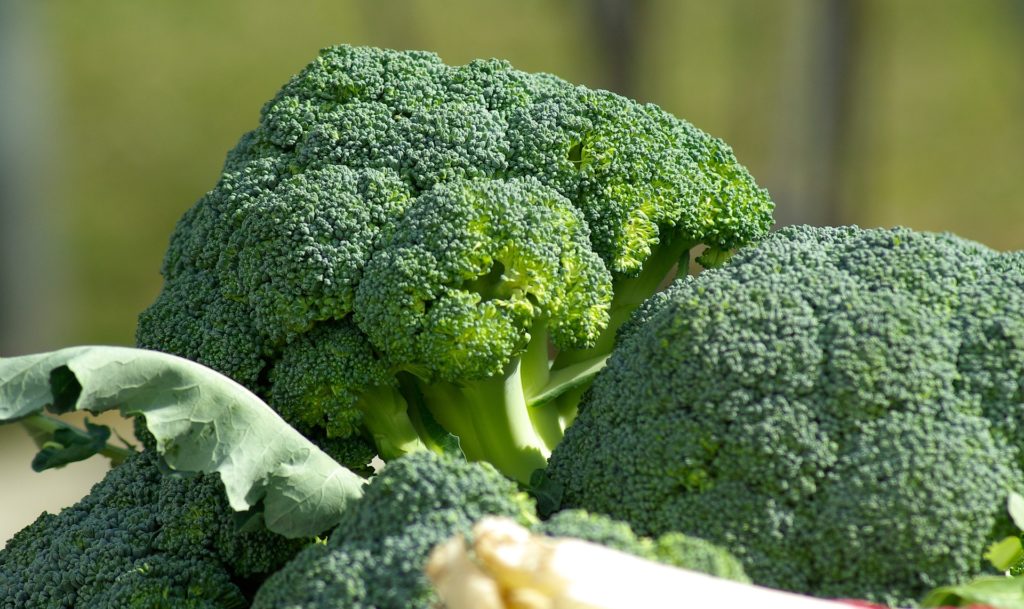
Broccoli thrives in cool weather and can be planted in California’s zones 9-10 during November. This vegetable prefers temperatures between 55°F and 75°F and should ideally be sown in well-drained soil rich in organic matter. Plant seedlings or seeds about 1/2 inch deep, allowing plenty of room for growth. You can generally start to harvest broccoli heads in around 70-100 days after planting, depending on the variety.
Peas
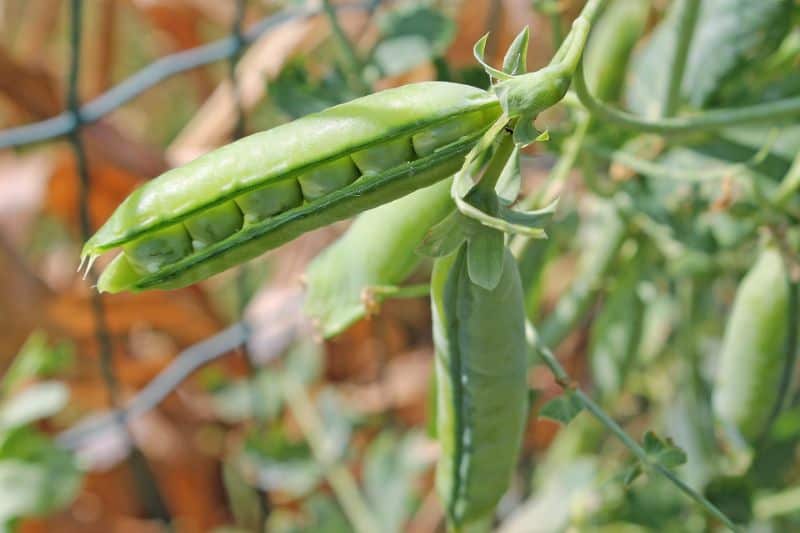
The sweet pea, specifically the snap and snow varieties, can be planted as November brings cooler weather. They prefer temperatures between 45°F and 75°F, making them suitable for USDA zones 8-10. It’s advisable to plant them in well-draining soil enriched with compost. Peas can be directly sown about 1-2 inches apart and will germinate in about 7-14 days. Their climbing habit makes them great for vertical gardening, maximizing space.
Spinach
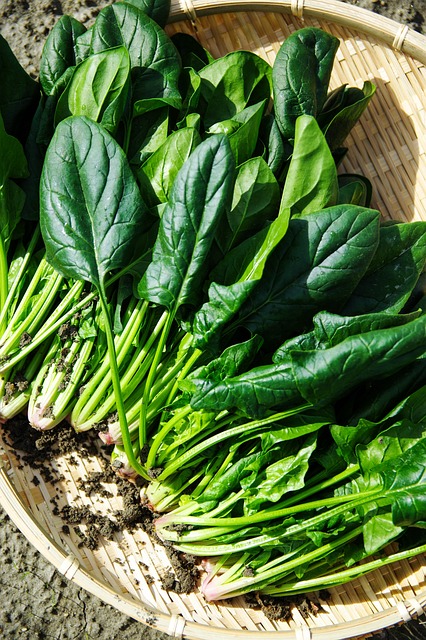
Spinach is one of the hardiest leafy greens, flourishing in zones 5-10. This versatile vegetable loves the cool seasons, thriving in temperatures as low as 20°F. You can start spinach from seeds sown directly in the garden with a spacing of 2-4 inches. Expect to start harvesting baby leaves in about 30 days, while full-sized leaves will take around 45 days. Regular watering and rich soil will ensure the plants remain lush.
Radishes
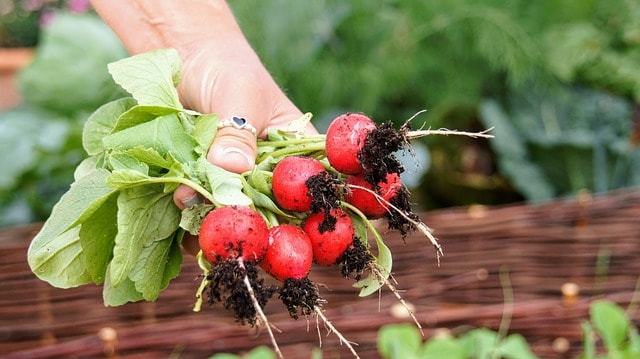
Radishes are a perfect choice for quick harvests, particularly popular among novice gardeners. They grow swiftly, maturing in as little as 25 days. Suitable for USDA zones 5-10, these roots thrive in cooler temperatures. Sow the seeds about 1/2 inch deep and 1 inch apart in well-drained soil. Radishes can endure frost, making them a dependable late-season crop.
Carrots
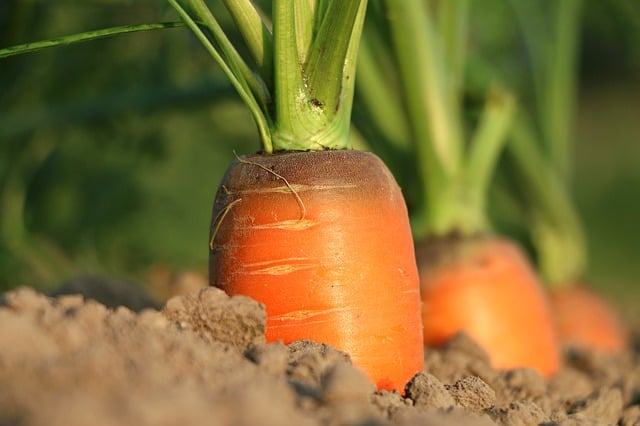
Carrots can be planted in November across California’s zones 5-10. They prefer temperatures between 45°F and 75°F, making them suitable for cooler weather planting. Seeds should be sown about 1/4 inch deep and spaced apart to avoid overcrowding. Carrots take longer to mature, generally around 70-80 days, but the wait is worthwhile for a fresh, sweet harvest.
Kale
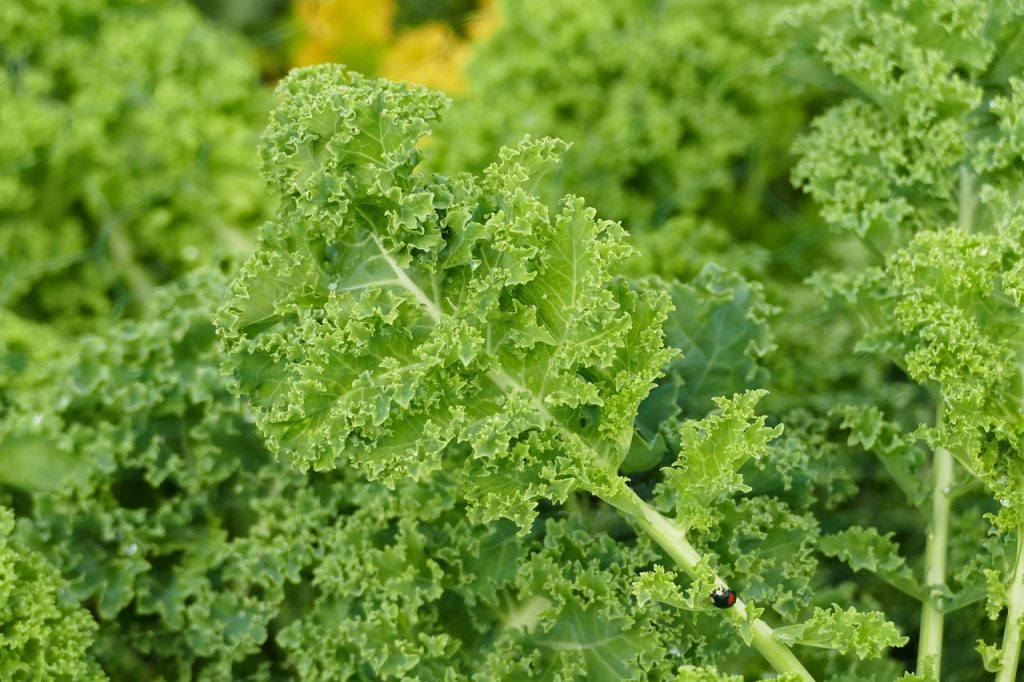
Kale, known for its nutritional value, thrives in the cooler months of November. This leafy green can be planted in USDA zones 7-10 and tolerates temperatures as low as 20°F. When sowing, space the seeds about 1-2 inches apart in enriched soil. Kale becomes even sweeter after the first frost, so you can expect to start harvesting within 60 days.
Garlic
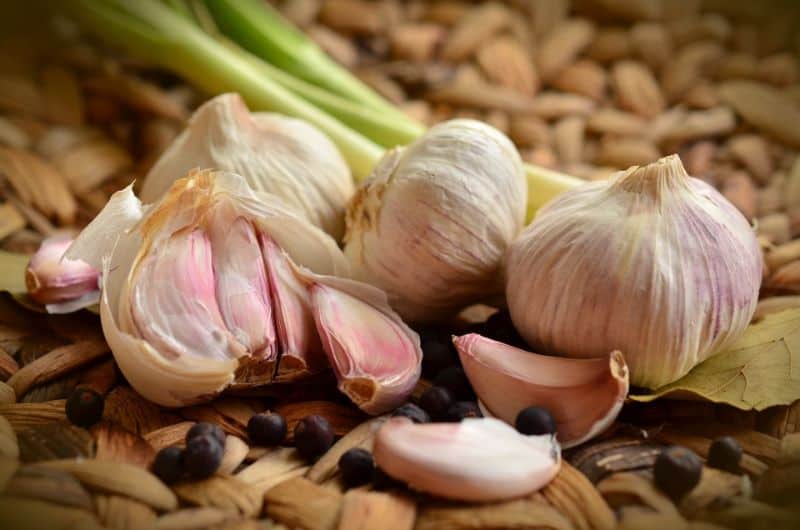
November is the traditional time for planting garlic in California, particularly robust varieties suited to zones 5-10. A critical aspect is ensuring the garlic cloves are planted with the pointed end facing up, approximately 2 inches deep and 6 inches apart. Garlic thrives in well-drained soil and enjoys regular watering, especially during the growing season, maturing in about 8-9 months.
Swiss Chard
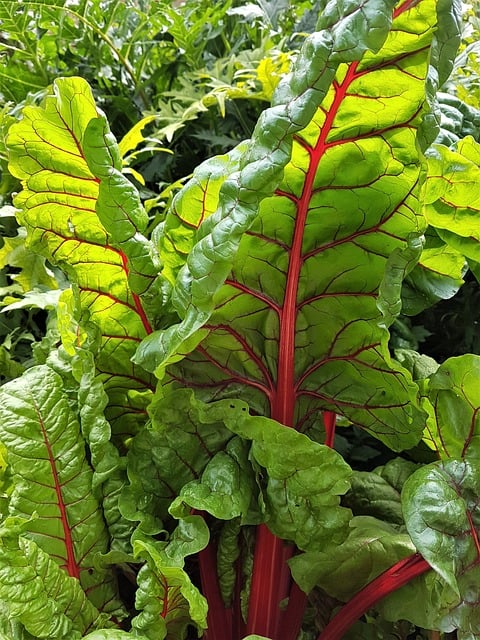
Swiss chard is not only visually stunning with its colorful stems but also a cold-hardy vegetable. It can be sown in California’s zones 7-10 in November. Seeds should be planted about 1 inch deep and spaced at least 4-6 inches apart. With its adaptability to colder temperatures, chard can often overwinter in milder climates, providing harvests throughout the winter months.
Fennel
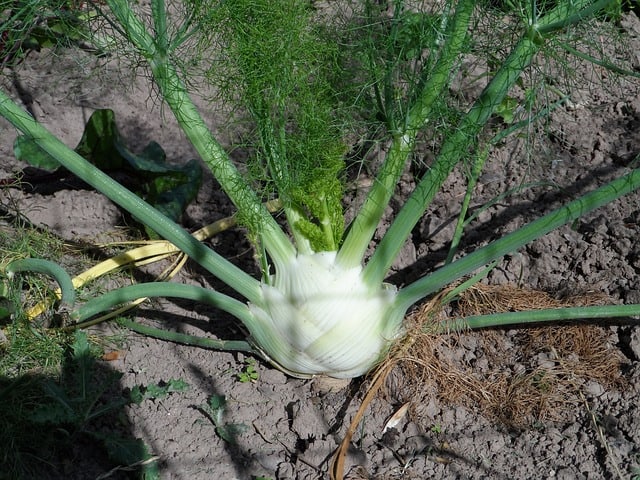
Fennel is a versatile herb and vegetable that thrives in cooler temperatures, making November an ideal planting time in zones 9-10. It prefers a temperature range of 60°F to 75°F. Fennel seeds should be sown about 1/4 inch deep and spaced 12 inches apart for optimal bulb development. The plant matures in 80-100 days, yielding aromatic bulbs that can elevate numerous dishes.
Brussels Sprouts
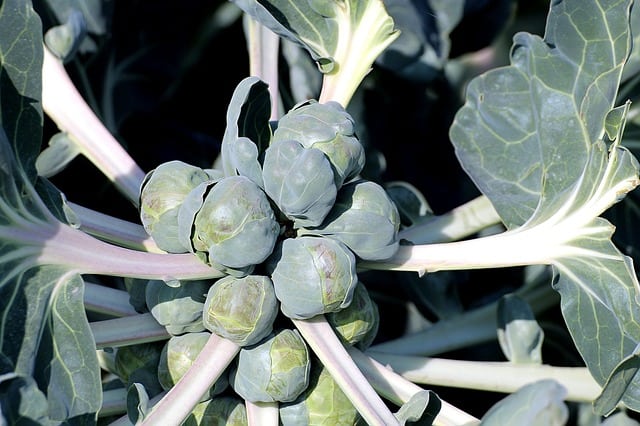
Brussels sprouts are a hearty addition to your November planting list, particularly in USDA zones 7-10. This vegetable loves cool weather and performs best in temperatures of 60°F to 70°F. When planting, space the seeds about 2 inches apart. With a longer maturation period of around 90-100 days, they can be harvested after the first frost when the sprouts reach about 1 inch in diameter, as cooler temperatures enhance their flavor.
Flowers To Plant
November is an excellent time to plant several flower varieties in California. Many annuals and perennials can be sown now to bloom beautifully in the following spring. Here’s a list of ten flowers well-suited for planting this month.
Pansies
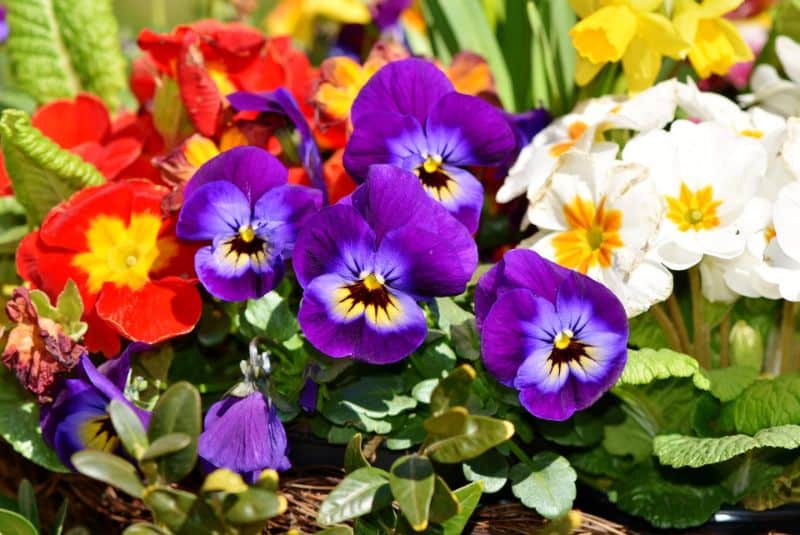
Pansies are known for their vibrant colors and heart-shaped petals, making them a favorite for winter gardening in USDA zones 8-10. Best planted in well-draining soil, they can tolerate light frosts, with temperatures ranging from 30°F to 75°F. Space pansy seedlings 6-8 inches apart, and they will begin blooming within a few weeks after planting, providing a cheerful display throughout the colder months.
Snapdragons
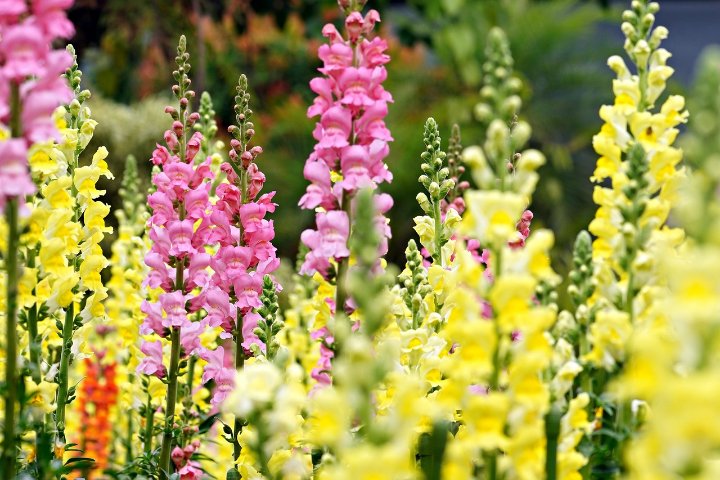
Snapdragons are hardy biennials that thrive in the cool weather of November. They can be successfully planted in USDA zones 8-10. When sown from seed or transplants, these flowers like a well-drained, fertile soil and should be spaced around 6-12 inches apart. Snapdragons appreciate temperatures between 55°F and 75°F, and with proper care, they will reward you with tall, stunning blooms during spring.
California Lilac (Ceanothus)
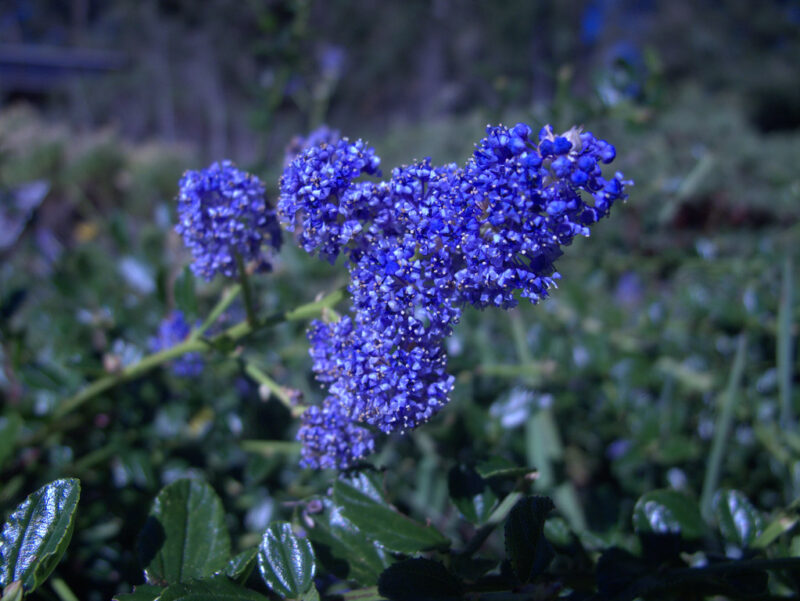
This native plant flourishes in California’s dry climate and is perfect for planting in November. Ceanothus is well-suited for USDA zones 8-10 and thrives in full sun. The plant prefers well-drained soil and can tolerate some drought once established. Blooming typically occurs in late winter to early spring, producing beautiful blue flowers that offer a stunning display, attracting pollinators.
Cyclamen
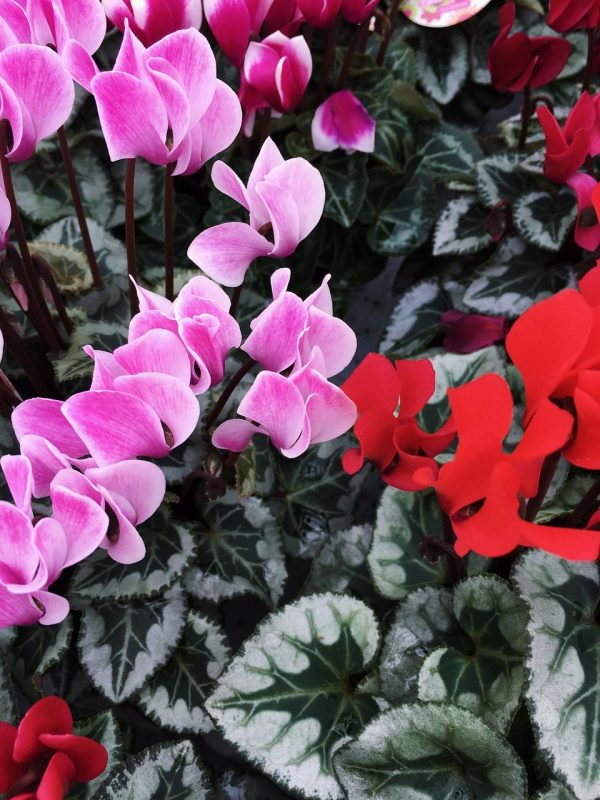
Cyclamen are tuberous perennial plants that are perfect for cool-season planting. In USDA zones 8-10, they can thrive with minimal care. They prefer partial shade and well-draining soil, with a temperature range from 50°F to 65°F being ideal. Cyclamen produce delicate, attractive flowers that bloom in various colors, generally flowering from late winter to early spring.
Ornamental Kale
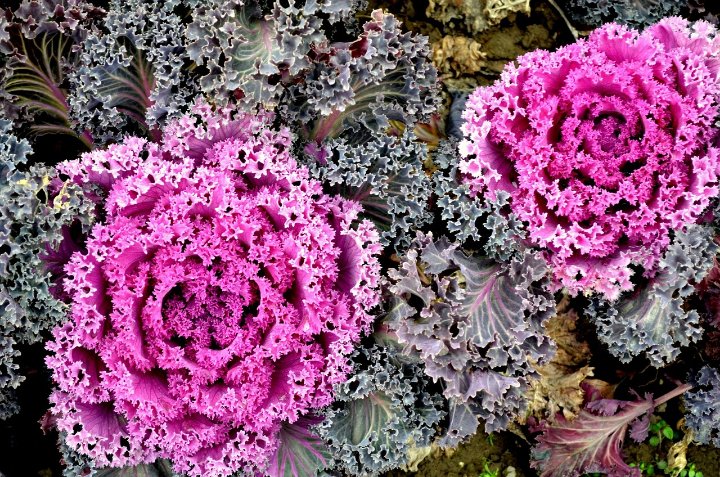
This visually stunning plant is not only decorative but also hardy. Ornamental kale thrives in cool weather, suitable for USDA zones 8-10. Plant in soil enriched with organic matter, making sure the temperature stays around 45°F to 75°F. Ornamental kale can be sown directly into the garden space, requiring about 12 inches between plants for optimal growth. Its colorful leaves can provide an eye-catching seasonal display.
Sweet Peas
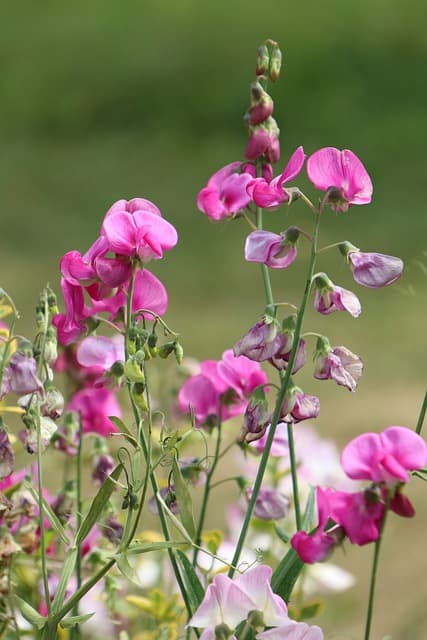
Sweet peas, with their lovely fragrance and delicate blooms, can be started from seeds in late November in zones 8-10. Ideally, they need well-drained soil and benefit from full sunlight. Space them about 1-2 inches apart and provide support, as these climbing plants will flourish in cooler temperatures. Sweet peas can be harvested for bouquets in spring, adding beauty and fragrant charm to your garden.
Dianthus
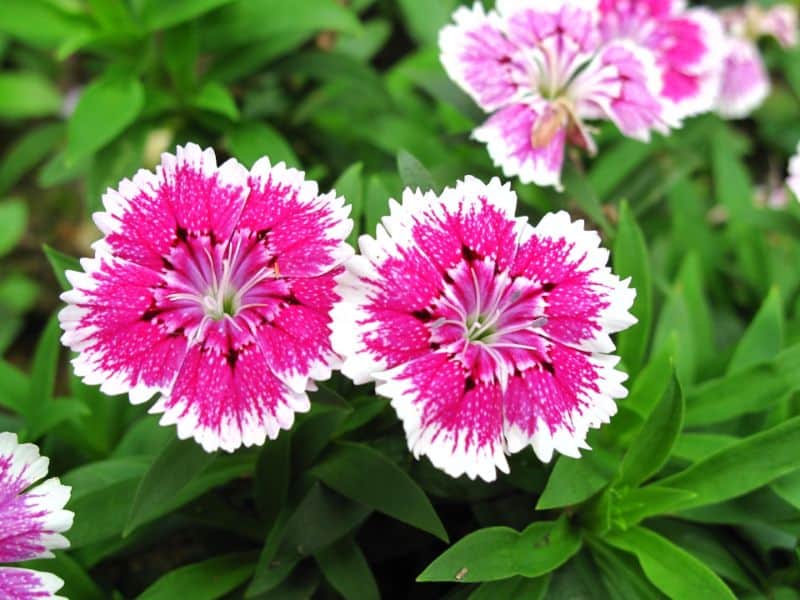
Dianthus, commonly known as carnations or pinks, offers cheerful bursts of color in the winter garden. They can be planted in USDA zones 8-10 in well-draining soil with lots of sunlight. They prefer cooler temperatures, thriving between 50°F and 70°F. Plant them about 6-12 inches apart, and enjoy the delightful mix of blooms from early spring through summer.
Winter Jasmine
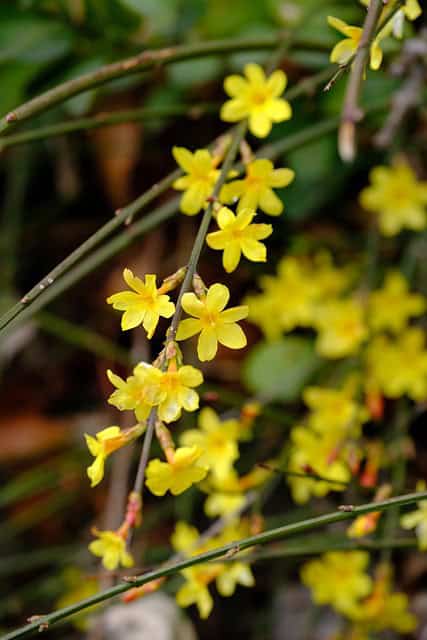
Winter jasmine flowers bright yellow blooms during the colder months, making it a beautiful addition to any garden. It grows well in USDA zones 6-10, flourishing in well-drained soil and full or partial sun. This plant tolerates temperatures down to 20°F, making it a tough competitor in winter landscapes. After a few years of growth, winter jasmine can spread and produce a stunning floral display that enlivens the garden in November and beyond.
Perennial Violets
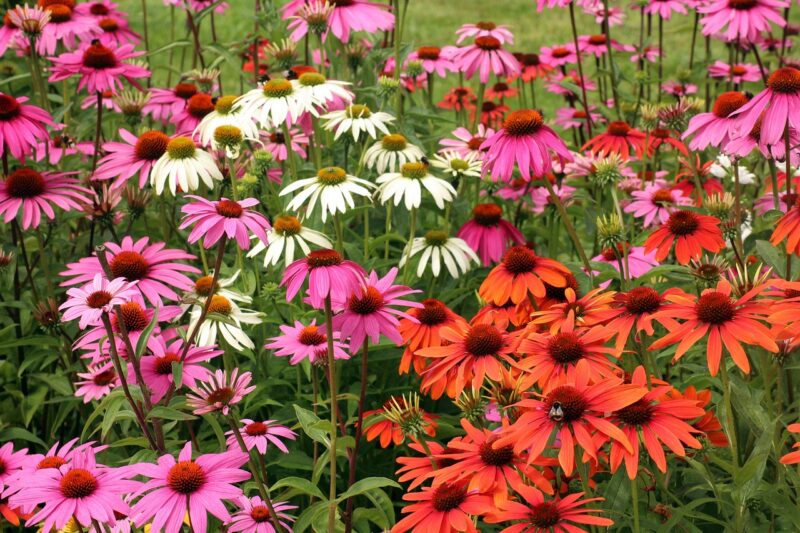
Perennial violets are charming additions to borders and shaded areas. These hardy plants can be sown in zones 3-10 during November, thriving in cooler temperatures ranging from 50°F to 60°F. They prefer well-draining soil and should be spaced about 12 inches apart. Blooming in spring, these flowers come in lovely shades of purple and white, attracting bees and butterflies.
Geraniums
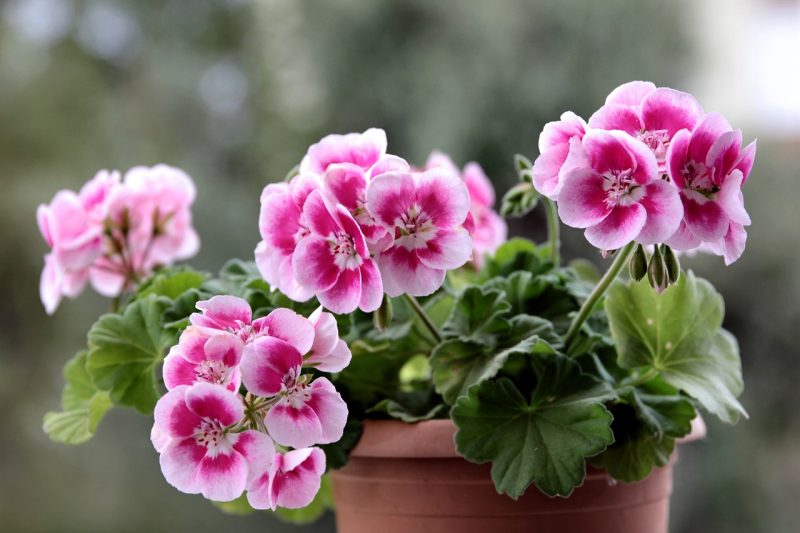
Although traditionally considered a warm-weather plant, certain hardy geranium varieties can be planted in November in milder regions like California. In zones 9-10, they enjoy well-draining soil and will thrive with the cooler temperatures of this month. Space them around 12-18 inches apart, and expect vibrant blooms come spring, offering a delightful display of color and charm.
Herbs To Plant
Herbs are versatile and can enhance both your culinary repertoire and garden aesthetics. November provides an ideal planting window for certain herbs in California, where the mild weather allows for thriving growth.
Parsley
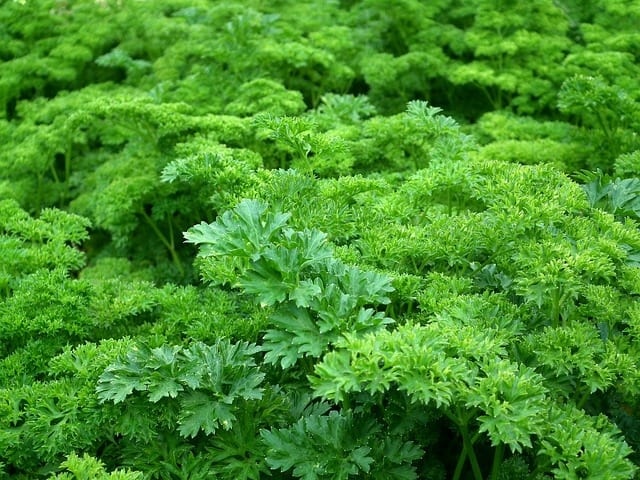
Parsley is a biennial plant often grown as an annual and thrives in USDA zones 5-10. November is perfect for planting parsley seeds, which enjoy cooler temperatures. Sow the seeds about 1/4 inch deep and space them at least 6 inches apart. Expect to harvest usable leaves within 70-90 days. Parsley is also a biennial, allowing it to thrive through the cooler months.
Cilantro
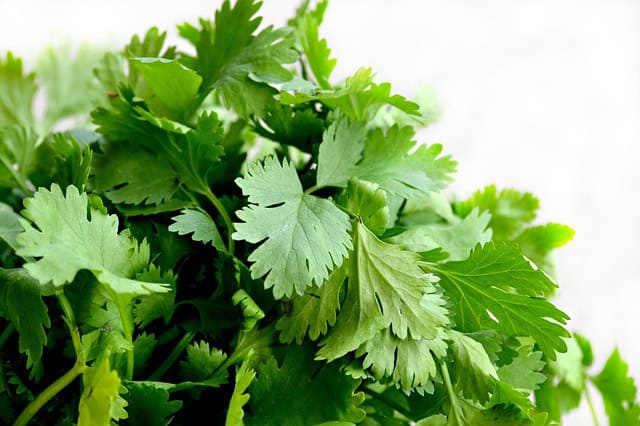
Cilantro is a quick-growing herb ideal for planting in November. It flourishes in USDA zones 8-10, preferring temperatures between 50°F and 85°F. Directly sow seeds about 1/4 inch deep, spaced 6-12 inches apart. You’ll see sprouts in just 7-10 days, enabling you to enjoy fresh cilantro in salads and salsas in as little as three weeks.
Chives
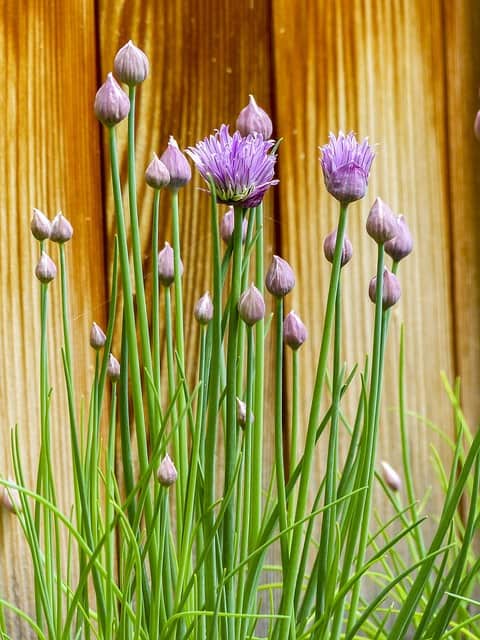
Chives are perennial herbs that can be planted in November in most California zones (5-10). They thrive in well-drained soil and full sun, preferring temperatures above 60°F. Seeds should be sown about 1/4 inch deep and spaced 12 inches apart. Chives are hardy and can be harvested as needed, adding a mild onion flavor to various dishes.
Thyme
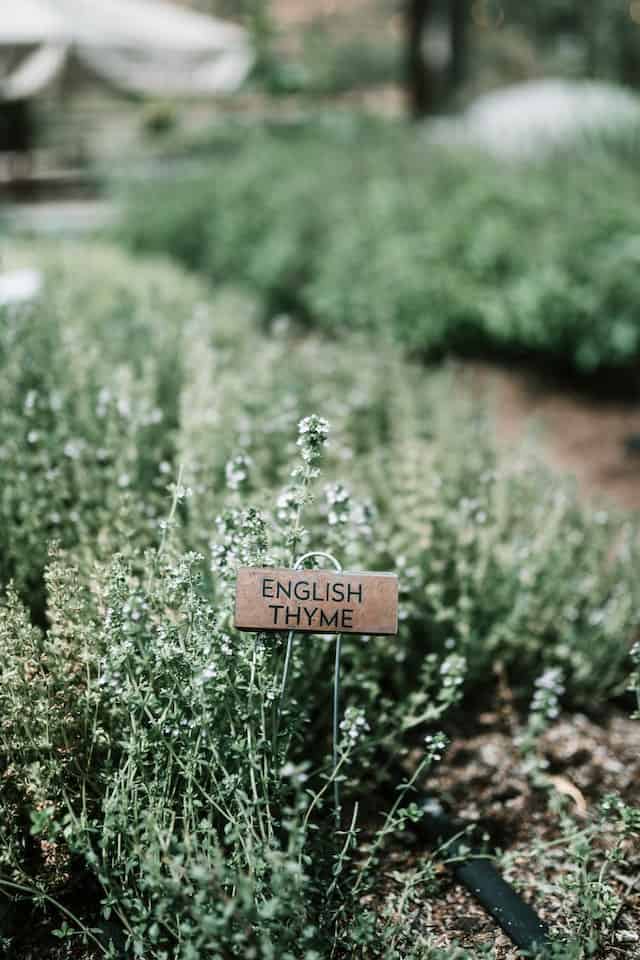
Thyme is a resilient herb that enjoys cooler temperatures, making it suitable for November planting in USDA zones 5-10. It thrives in well-drained soil with plenty of sunlight. Space thyme plants about 12 inches apart, and expect to harvest leaves throughout the winter season. This herb is not only delicious but also drought-tolerant and pest-resistant, making it an easy addition to any garden.
Oregano
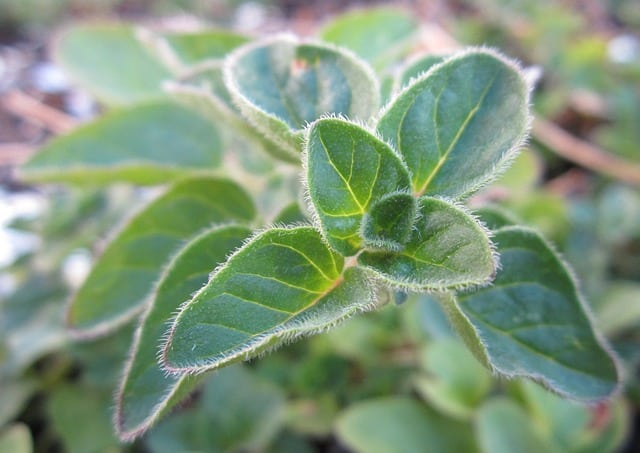
Oregano is another perennial herb that thrives in cooler temperatures, suitable for planting in November in zones 5-10. It’s best sown in well-drained, sandy soil and requires full sunlight. Space seeds about 12 inches apart, and you can begin harvesting leaves after about 70 days. Oregano lends flavor to numerous dishes and has culinary uses in Mediterranean cooking.
Sage
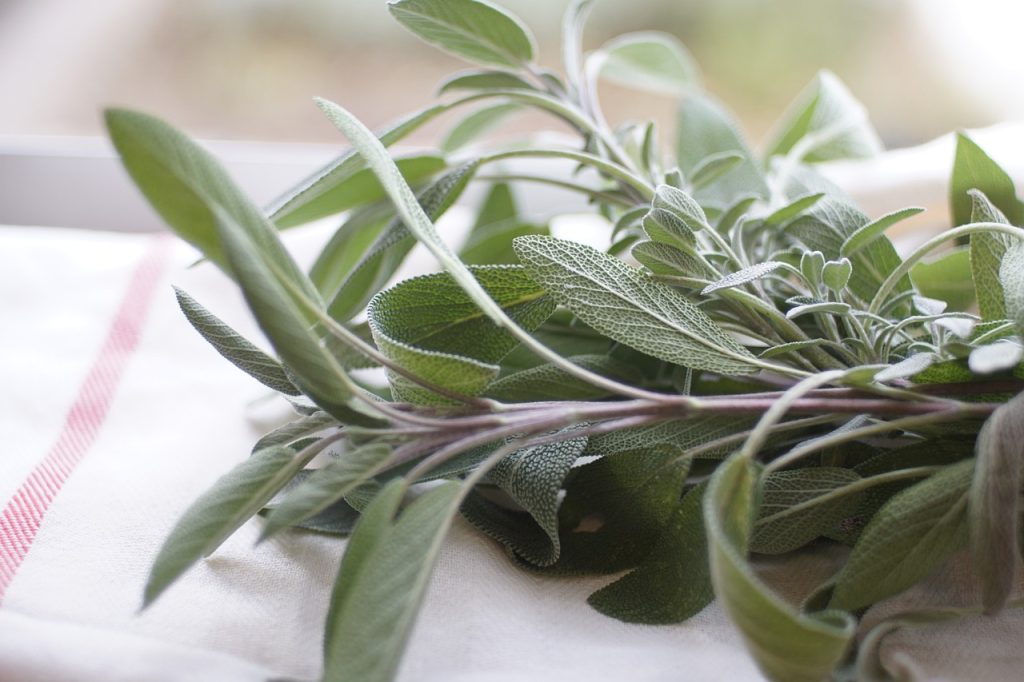
Sage is a resilient perennial herb that can be planted in November in USDA zones 5-10. Preferring well-drained soil and full sun, sage can tolerate various soil types. Space plants approximately 24 inches apart, as sage can grow quite large. The leaves can be harvested year-round, making it a valuable herb for your kitchen.
Mint
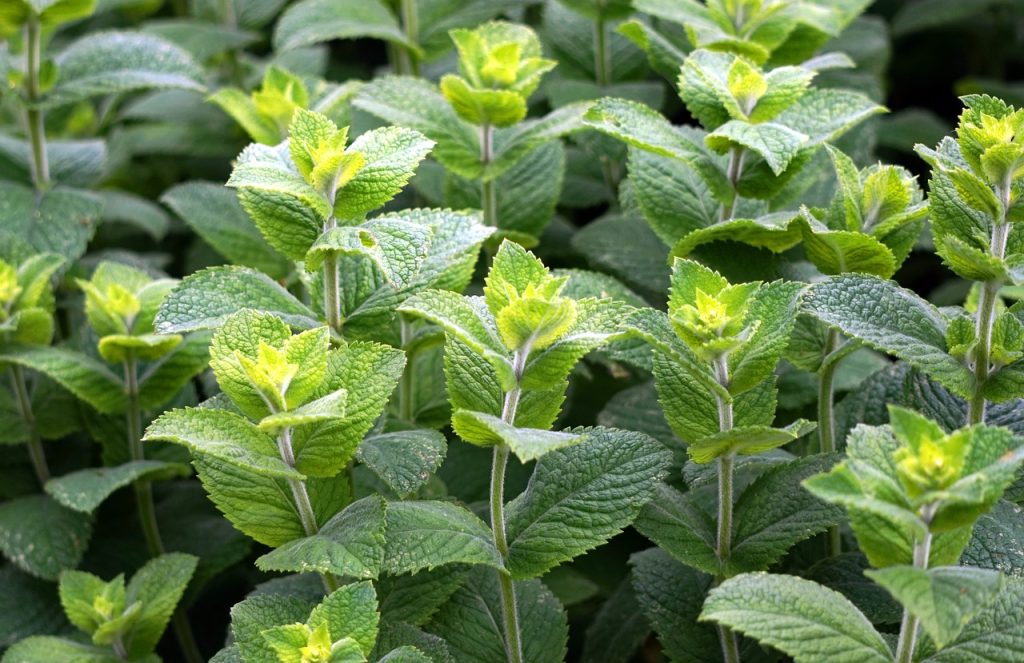
Mint is a hardy perennial that thrives in cooler temperatures. Although aggressive, it can be successfully planted in containers or beds in USDA zones 5-10. Sown seeds should be spaced about 12 inches apart, and mint prefers moist, well-draining soil. Once planted, you’ll enjoy fresh mint leaves throughout the winter, enhancing teas and desserts.
Basil
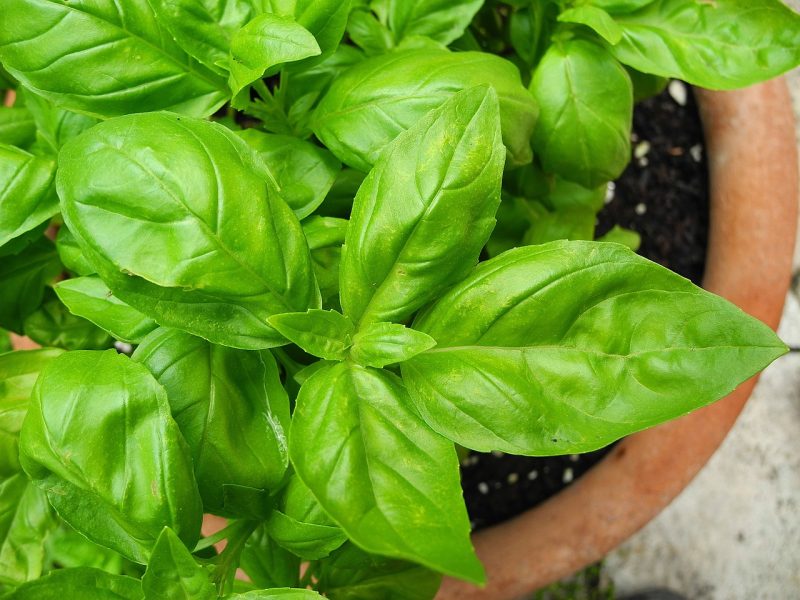
Though basil is more commonly associated with warmer months, certain varieties can be planted now in protected areas or greenhouses in warm zones (9-10). Plant seeds about 1/4 inch deep and space them 12 inches apart. With proper care, basil can flourish even in cooler temperatures, influencing dishes with its aromatic flavor.
Tarragon
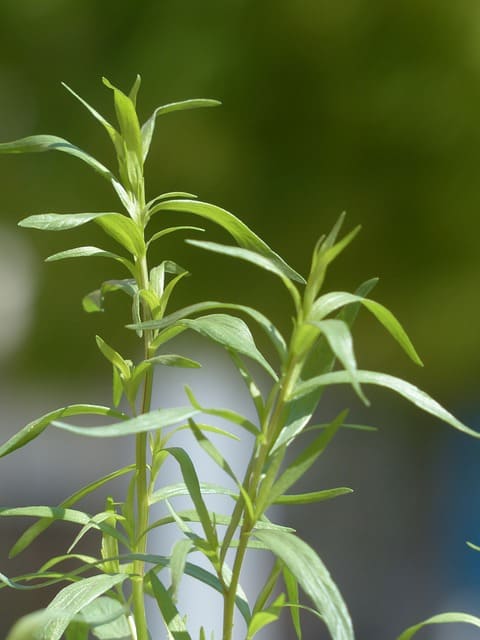
French tarragon is a hardy perennial herb that can be planted in November for those in USDA zones 5-10. It prefers well-drained soil with moderate watering and full sun exposure. Space plants about 12-18 inches apart. Tarragon offers vibrant flavor profiles for sauces and dressings, and its leaves are traditionally harvested throughout the year.
Rosemary
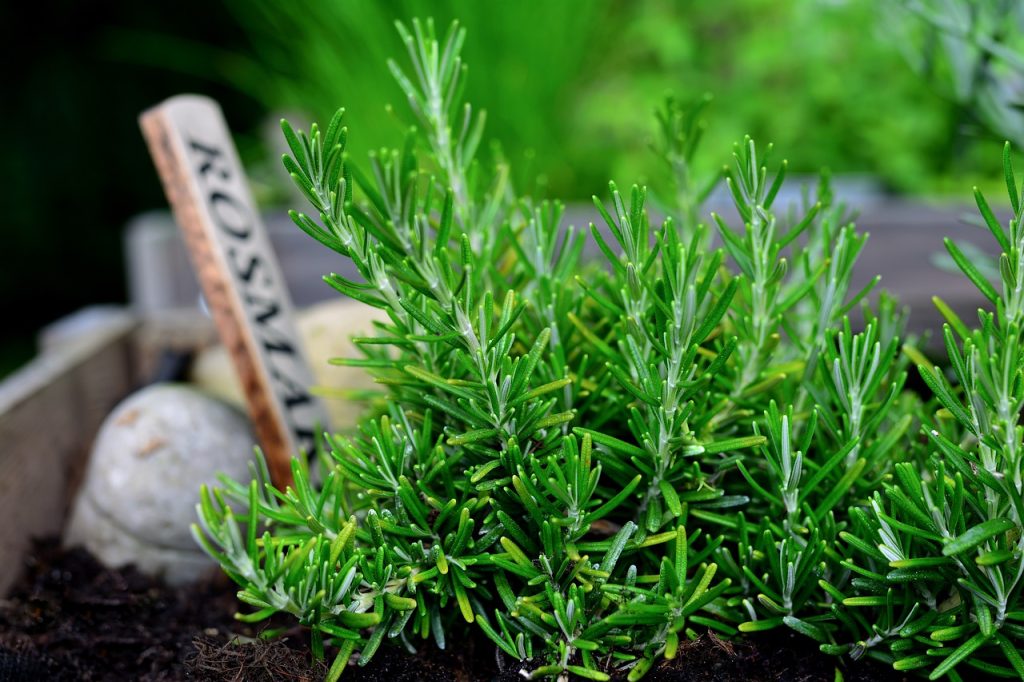
Rosemary thrives in zones 6-10, making November a suitable time for planting in milder regions. It requires well-draining soil and full sun, with temperatures ideally between 60°F and 75°F. Space rosemary plants at least 24 inches apart, as they can become quite large. This fragrant herb offers year-round harvests, and its woody stems provide added interest to gardens.
Landscape Plants To Plant In November
As the autumn leaves fall, November presents an opportunity to enhance your landscape gardens in California. Here are ten landscape plants that thrive when planted this time of year.
Manzanita (Arctostaphylos spp.)
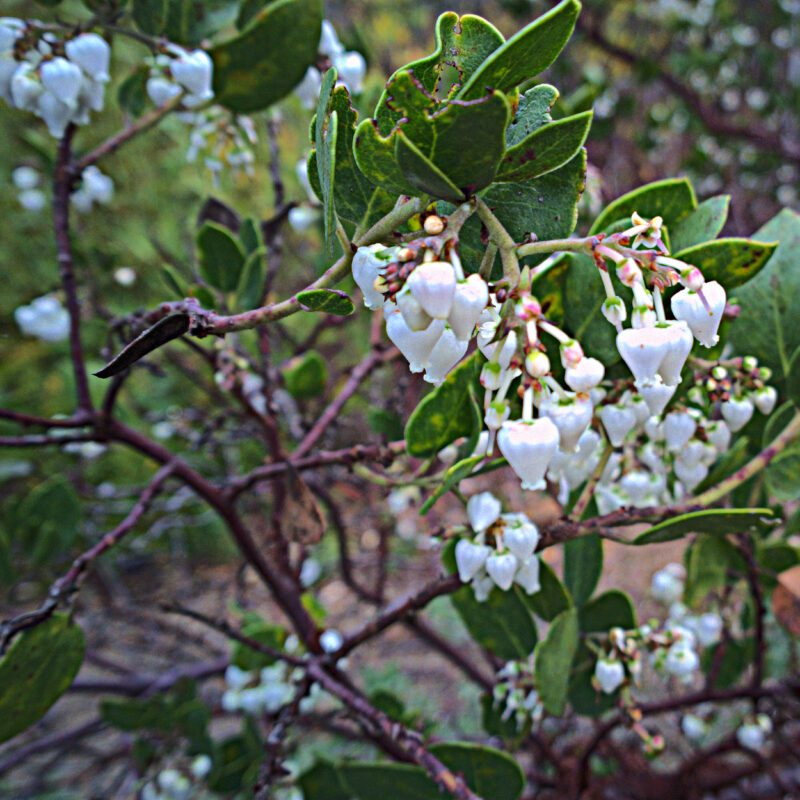
Manzanita is a native shrub, drought-tolerant and well-adapted to California’s unique ecosystems, particularly suited for USDA zones 8-10. Plant in well-draining soil and full sun for vibrant red bark and evergreen foliage. These hardy shrubs flourish with minimal extra watering once established and make attractive focal points in landscapes.
Lavender
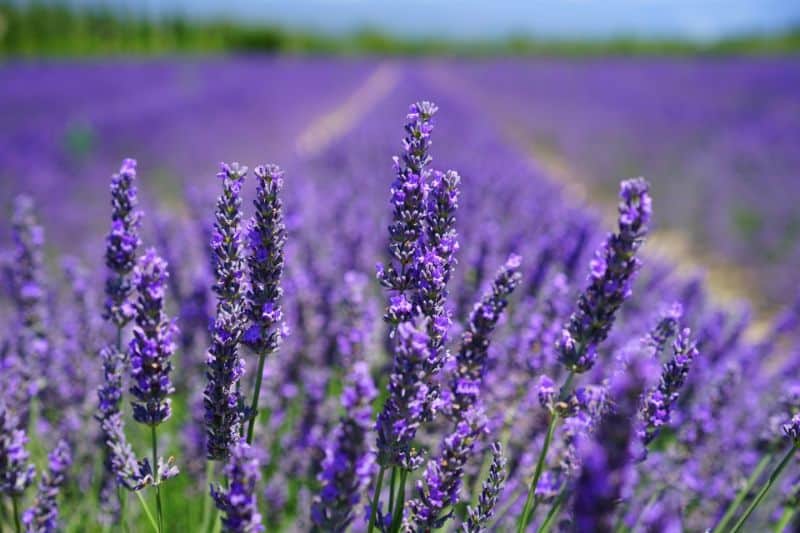
Lavender is renowned for its aromatic flowers and drought-tolerance, making it suitable for planting in USDA zones 5-10. It loves well-drained soil and full sun, thriving in temperatures between 60°F and 80°F. Space plants about 24 inches apart, and they’ll reward your garden with stunning purple blooms and a delightful fragrance.
Boxwood
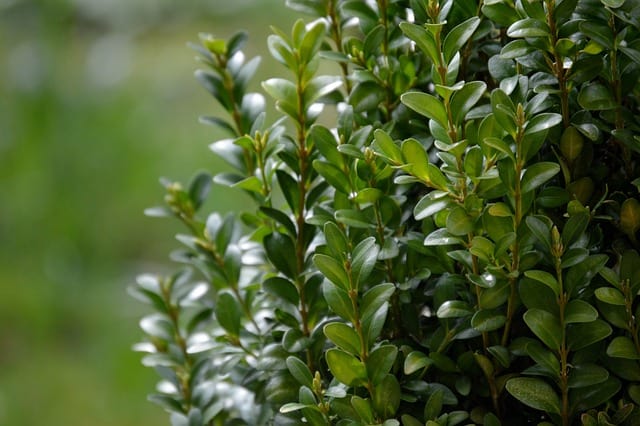
Boxwood bushes are timeless evergreen plants that can be shaped and trained into hedges or topiary forms, ideal for creating structure within the garden. Suitable for zones 5-9, they prefer well-drained soil and can tolerate some shade. Boxwoods thrive in cooler months, making November a great planting time. Space them 1-3 feet apart depending on their intended use.
Helleborus
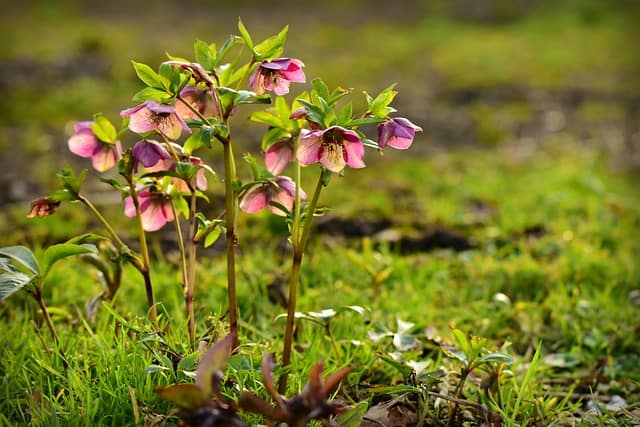
Helleborus, or Lenten rose, is a stunning perennial that requires different temperatures to bloom profusely. Best suited for USDA zones 4-9, they prefer well-draining soil with partial shade. Plant them about 18 inches apart, and once established, they can produce beautiful blooms during winter, adding cheer to your landscape.
Yarrow
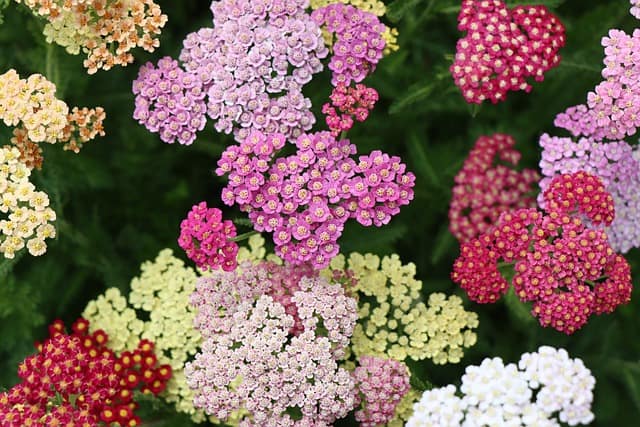
Yarrow is an excellent option for planting in November; it thrives in USDA zones 3-9. This hardy perennial prefers dry, well-drained soil and can handle a variety of conditions. Space yarrow plants around 24 inches apart to allow for their bushy growth. Yarrow will bloom in the summer, providing beautiful color and attracting pollinators.
Crape Myrtle
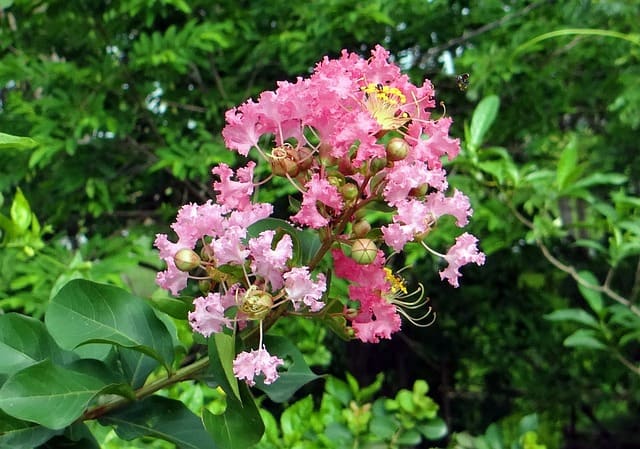
Crape myrtles are favored for their vibrant summer blooms and attractive bark. In November, they can be planted in warmer zones (7-10). They benefit from full sun and well-drained soil. These trees should be spaced according to the specific variety, typically around 15-25 feet apart, as they need room to flourish.
Azaleas
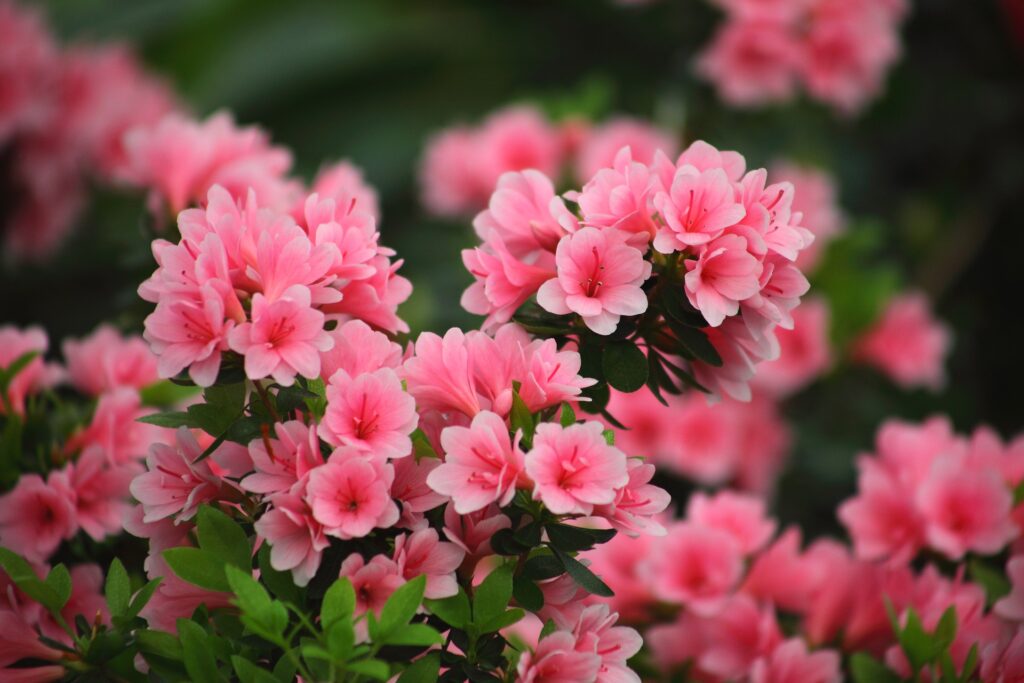
Azaleas are a brilliant choice for ornamental landscapes. Best suited for USDA zones 6-9, they prefer acidic soil and partial shade. November planting allows them to settle in during the winter months. Space azaleas 2-4 feet apart to allow for their mature size, ensuring a stunning display of blooms in spring.
Camellias
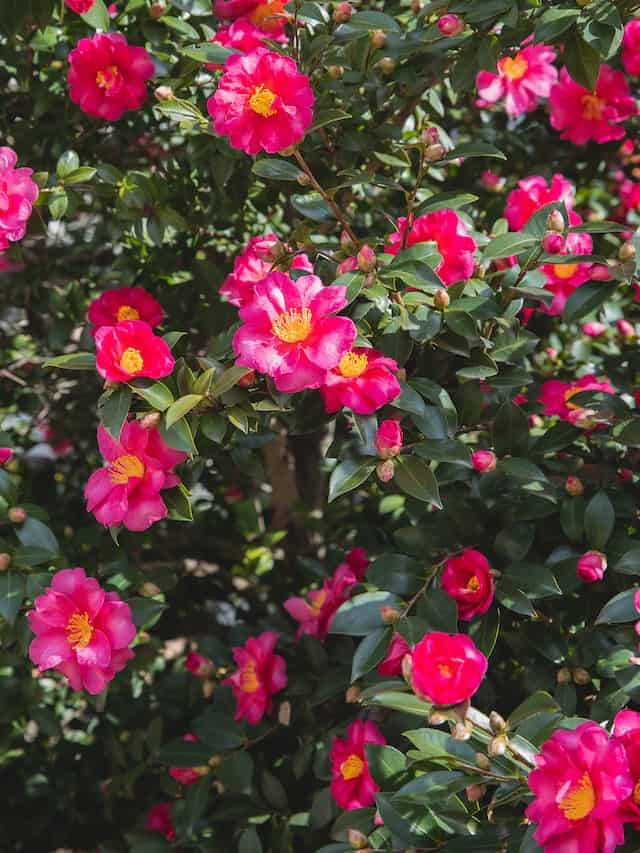
Late November is perfect for planting camellias, which thrive best in USDA zones 7-9. They require well-drained soil and prefer a partial shade environment. Plant them about 3-5 feet apart based on variety size, and enjoy the rich, lush blooms that will emerge in winter and early spring, enriching your landscape with color.




